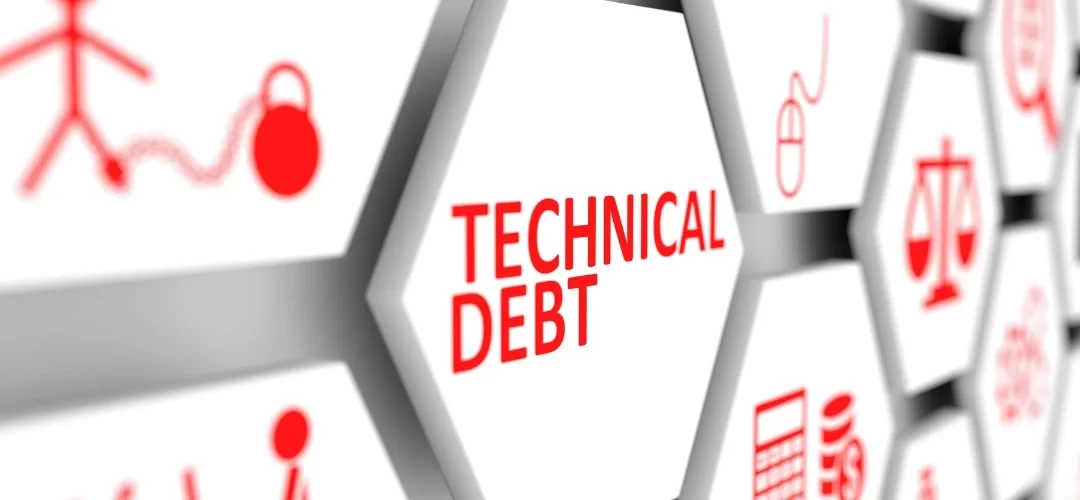Many enterprises mistake cost optimisation with cost cutting. Cost cutting reduces expenditure to make the business more profitable or tide over a financial crisis. Cost optimisation is a long-term, permanent effort ingrained into business processes. The aim is to improve efficiency and ROI.
Gartner defines cost optimisation as a continuous, sustained discipline to control spending and reduce costs, while maximising business value. Here are the ways to attain IT cost optimisation at the enterprise level.
1. Consolidate shared services
One of the significant areas of optimising IT costs is consolidating shared services.
- Implement shared services. Place system, storage, and network administration function under the same team. This balances workload among the support teams, eliminates duplication of efforts and ensures consistent operations. It also minimises integration issues later on.
- Have exclusive support for product groups only if the workload or situation demands it. May enterprises pair application and production support services exclusively with product support groups. Such pairing speeds up resolution for the specific department. But it prevents such resources from contributing to the other functions of the enterprise and leads to inefficiency. IT staff confined to specific business groups also impedes the flow of ideas and creates information silos.
- Consider setting up hybrid teams. Shared service is not a magic bullet to optimise costs, though. Not all resources benefit from being part of a shared services team. Consider hybrid models to consolidate service teams. Hybrid support teams remain part of the IT staff, but prioritise work for their product or business groups.
2. Standardise the infrastructure
Integrating and standardising software and hardware delivers huge cost optimisation. Unifying diverse systems centralises control and administration. Enterprises can get the support and maintenance tasks done using less staff and resources.
- Upgrade the infrastructure. Integration offers a good opportunity to shed inefficient legacy systems and upgrade to modern, efficient stacks. Inefficient legacy systems bleed revenue. Also, supporting different stacks and versions strains the support team unnecessarily.
- Identify actual usage. Often, people forget to turn off servers added for some particular purpose. Such servers and databases keep running, drawing power and other resources while not functioning. The same holds for cloud provisioning. Hardware and licensing costs add up. Consolidating resources to match usage delivers substantial direct cost savings.
- Migrate to the cloud to optimise costs. The cloud simplifies software management, reduces hardware complexities, and makes the system agile. Adopt a hybrid, multi-cloud architecture to overcome instances of cloud unsuitability.
- Overcome resistance to change. The workforce, used to the old software, remains entrenched in a cosy ecosystem and resists change of status-quo. Convince employees of the inherent inefficiencies and its unsustainability. Drive home the point of how sticking on could impede profitability and endanger the enterprise. Offer training and support to migrate to the upgraded stack. Factor in lower productivity during the learning curve.
Implement Hyper-converged Infrastructure (HCI) to minimise the resources for computing, storage, and network. HCI attracts up-front costs. But the investment pays back for itself through reduced maintenance and support expenses. Hyper-convergence delivers operational efficiency, makes the stack scalable, and speeds up things.

3. Negotiate hard
Work with vendors on pricing and terms to get maximum value for the dollar spent. Negotiate hard to get the best price. But focus on a win-win solution where both the vendor and the enterprise gain. Offer volumes, repeat purchases, and long-term contracts as bait for lower prices. Forcing the vendor into agreeing to too low a price could cause the vendor compromising on quality or cutting corners on delivery.
- Expand the focus from getting the best price for getting favourable terms. Gains realise from extended payment options, long-term contracts, training credits, and implementation support.
- Be wary of vendor lock-in when negotiating terms. Long contracts with high exit costs or restrictions on working with competitors often favor the vendor. These terms stifle the ability of the enterprise to adopt new technologies and innovations.
4. Improve data management
Data is of strategic importance in the contemporary digital economy. Data improves the quality of decisions and boosts efficiency. But most enterprise users waste quality time trying to access relevant data. Position data as a company-wide asset and allow employees to access and use data to create better business value. The right people having access to the correct data at the right time in their desired form boosts efficiency.
- Create data lakes to centralise information to the extent possible.
- Capture relevant data instead of blind data collection that causes information overload.
- Develop software with native integration capabilities or with robust API connectors. Smooth operations in a digital economy need seamless data flow among enterprise systems. For instance, a field engineer becomes more productive if he can access customer details through his field service mobile app.
- Develop integrated dashboards that pull relevant data for the user groups and display it in the desired form.
- Redesign process to ensure transparency and break down information silos. Free flow of information helps team members collaborate better. It speeds up resolving issues and makes the enterprise more efficient.
- Leverage analytics. Many businesses underestimate the power of analytics. Advanced analytics can pinpoint areas of inefficiencies and missed opportunities. Enterprises can use such wisdom to speed up the process, make equipment safer, and make marketing more effective. Effective analytics improve customer and employee retention rates. The bottom line improves.
5. Automate
Invest in automation. Automation promotes goal-oriented pursuits within the enterprise. Automating regular processes enables the workforce to focus on their core tasks. Often, they get bogged down by non-value-adding chores such as paperwork or filing reports.
- One of the most popular applications of automation in enterprise settings is chatbots. Automated chatbots handle routine customer queries, taking a load off the customer support agents. Customer satisfaction also improves through faster resolution times. When enterprises deploy virtual chatbot assistants, they reduce call, chat, and email inquiries by 70%. The average cost per voice engagement reduces by 33%.
- Offer self-service options beyond chatbots. Today’s customers and employees alike are impatient. Configuring self-service options through portal FAQs, instruction manuals, and troubleshooting apps improves efficiency. It reduces the load on human employees while improving customer satisfaction. But pushing self-service on unwilling customers has the opposite effect. Offer self-service as an option and not the default preferred choice.
- Apply advanced automation cases. Build intelligence business processes using robotics, IoT, and smart machines. IoT, for instance, offers real-time information on equipment performance to enable proactive maintenance.
Enterprises sometimes get trapped in a rut of being too busy doing things the way they have been doing. They become unable to change even if they know their present way of work is inefficient. The onus is on the CIO or other enterprise digital leaders to collaborate with business leaders, to identify and remove waste.











